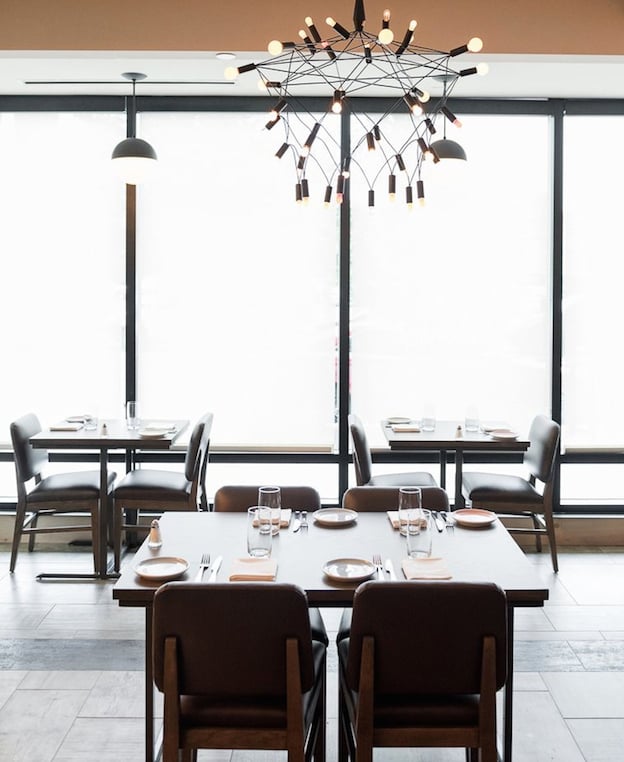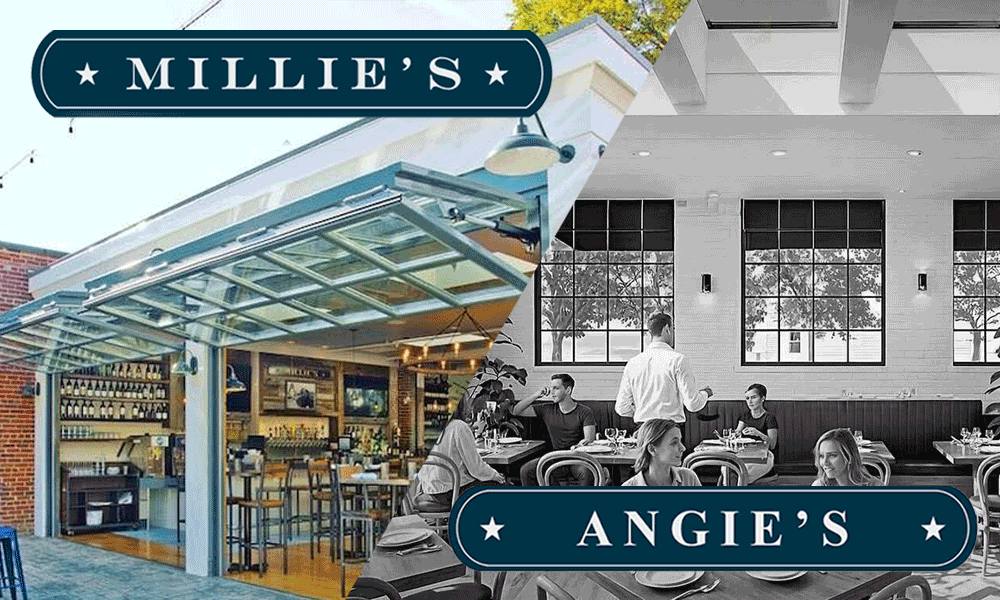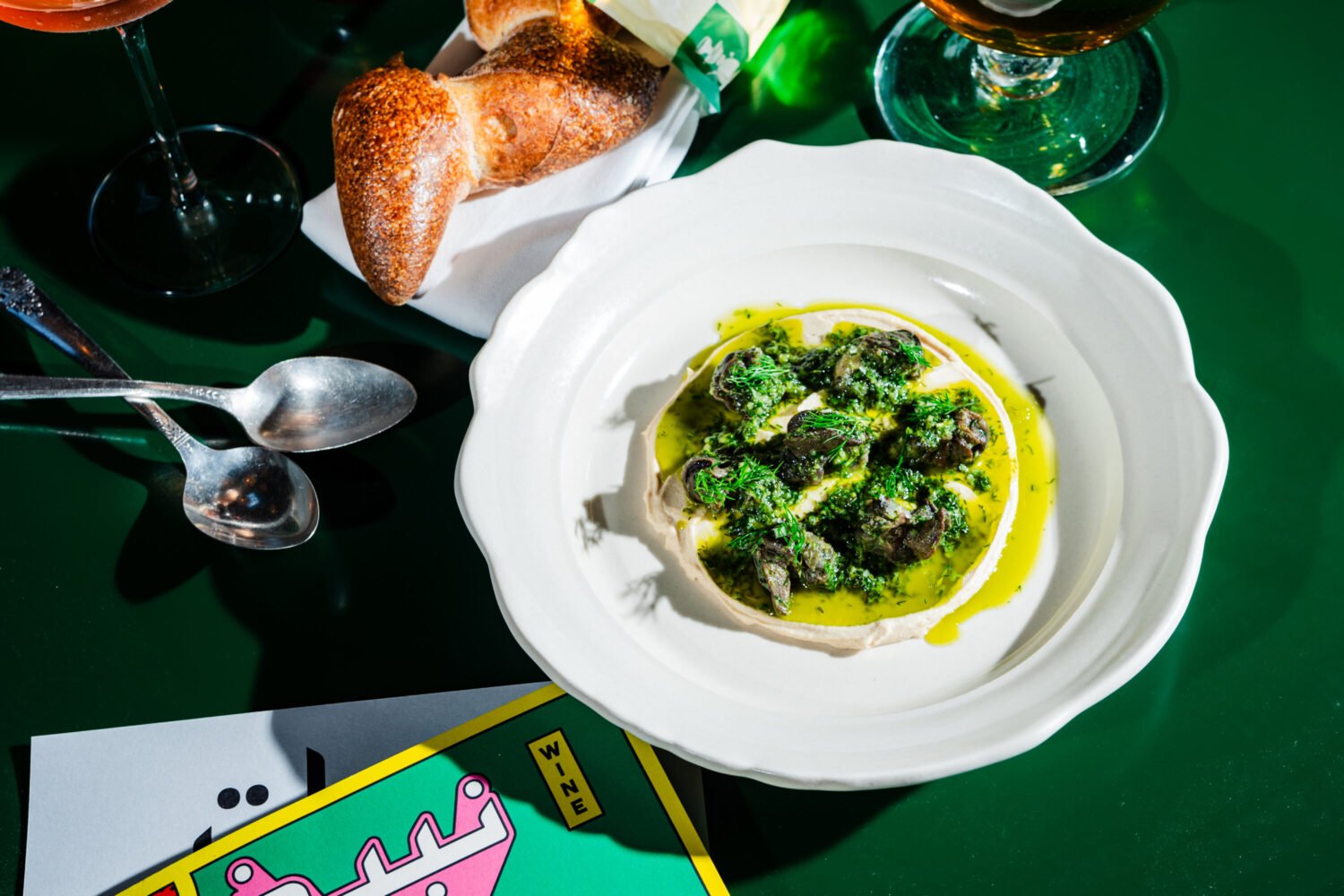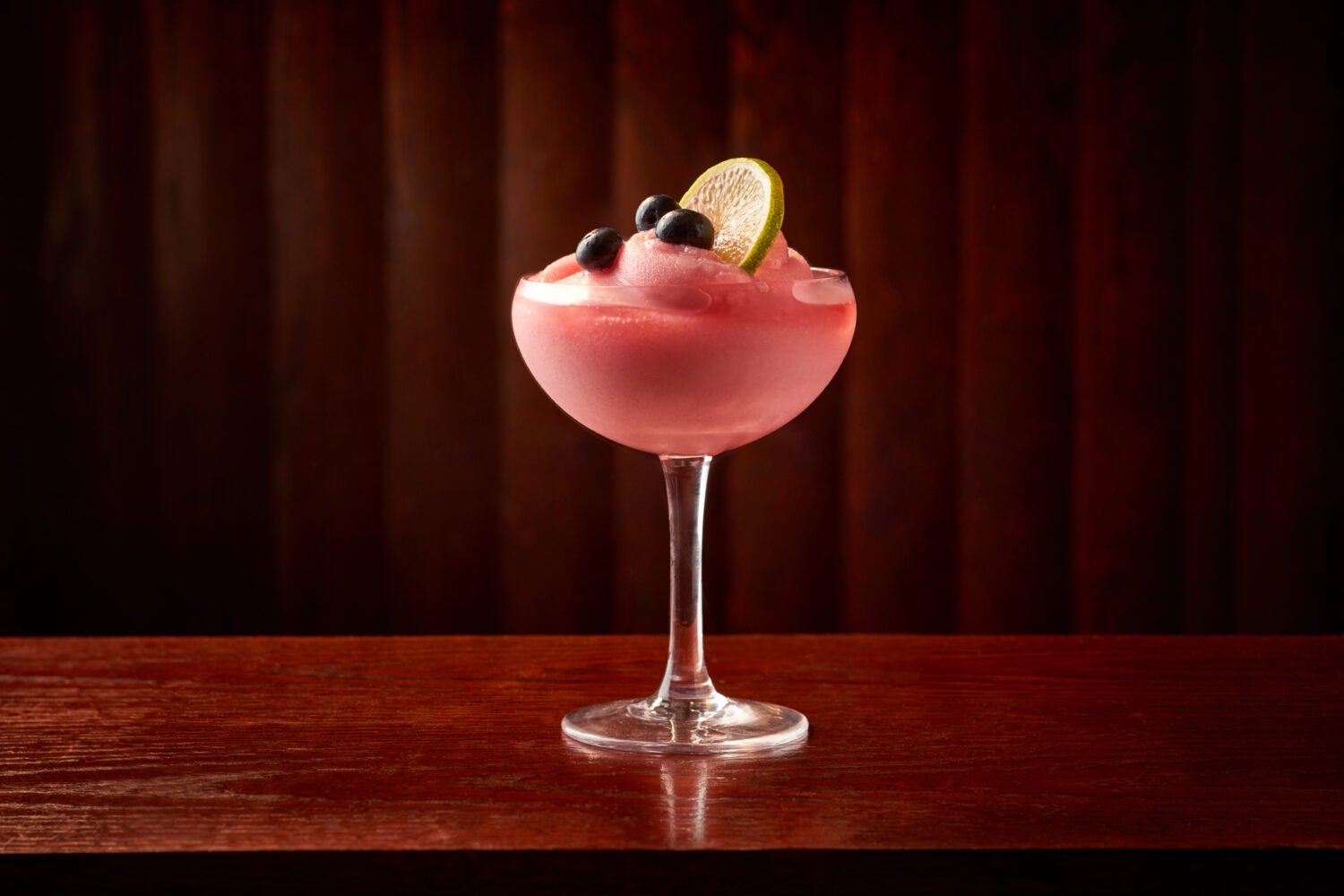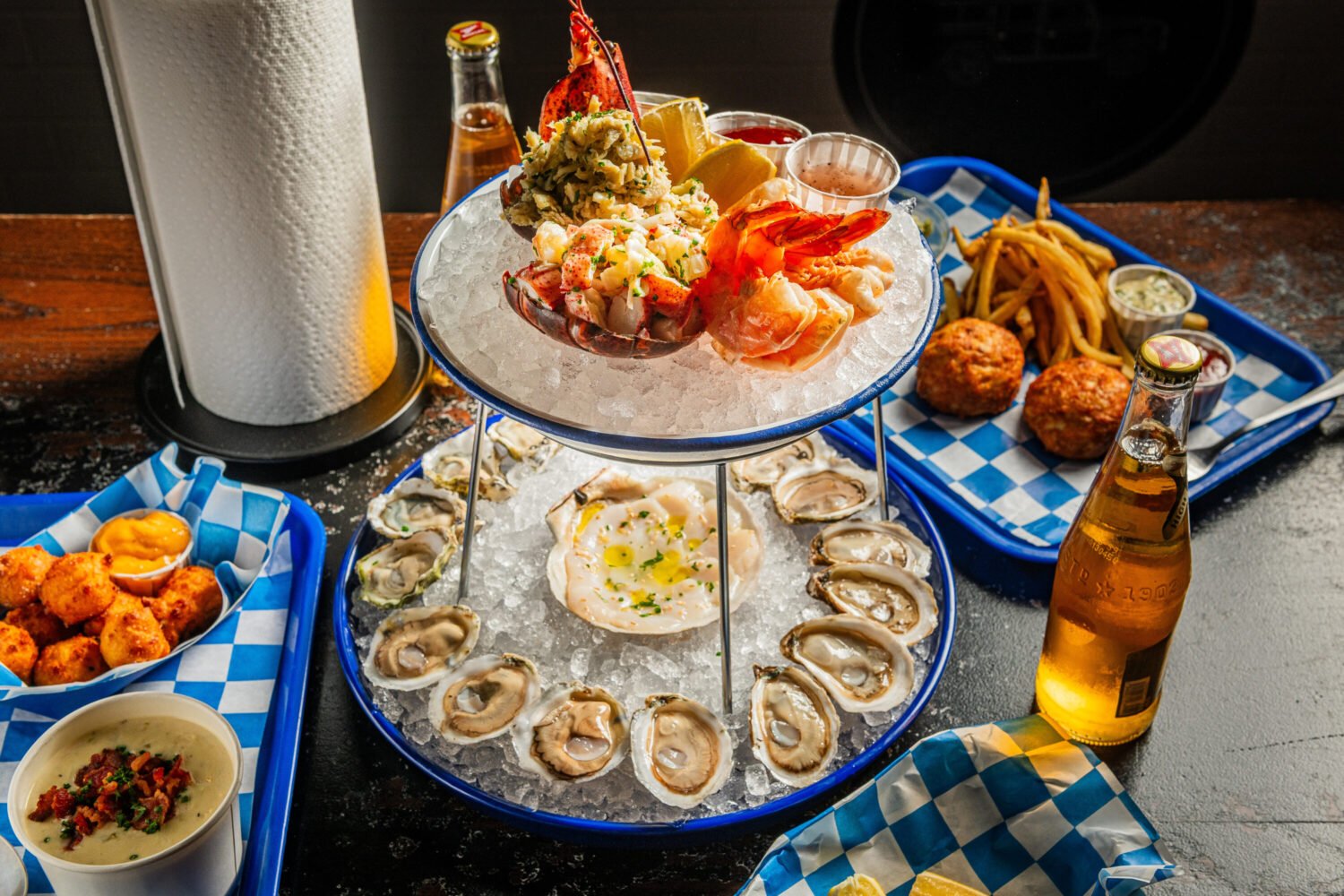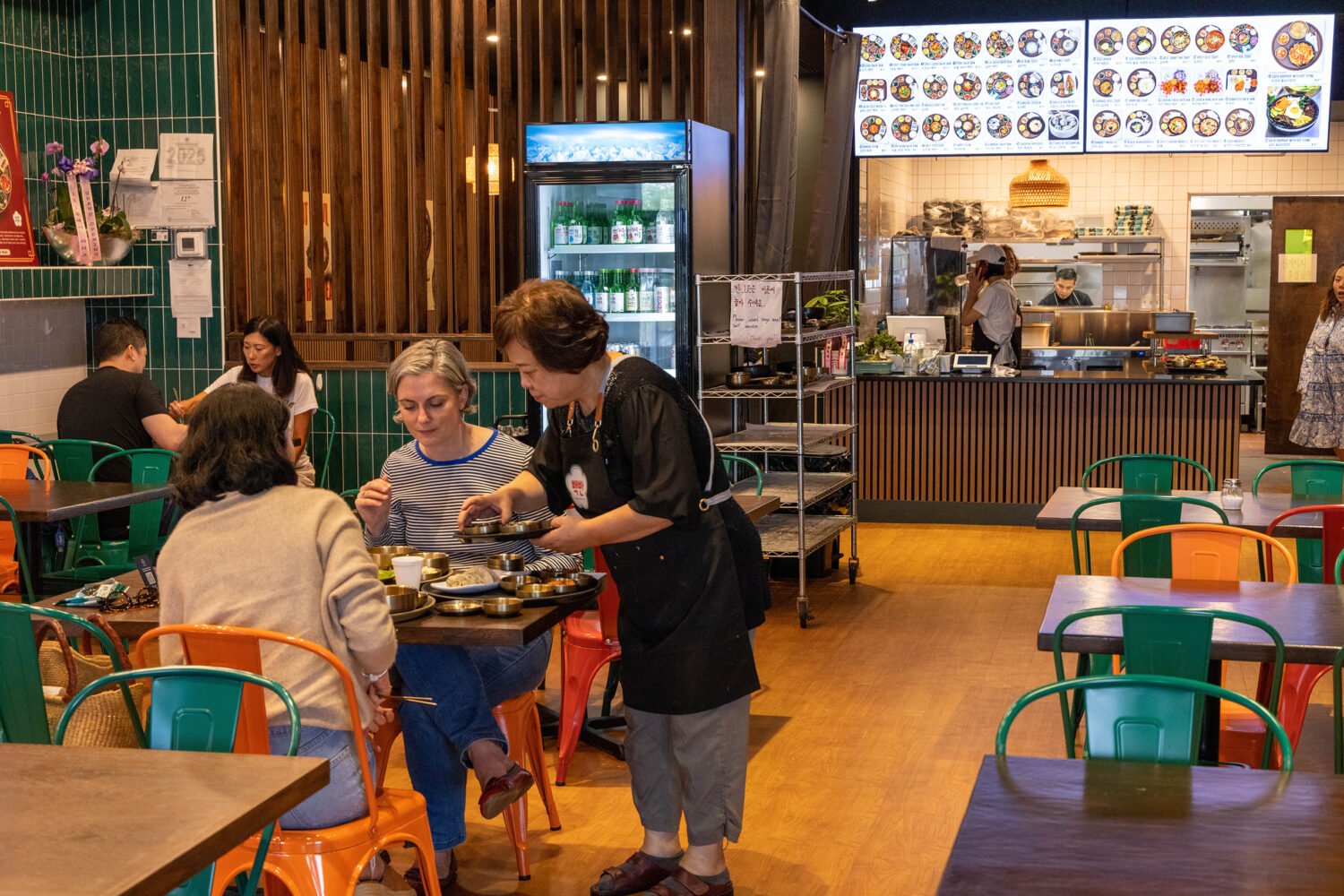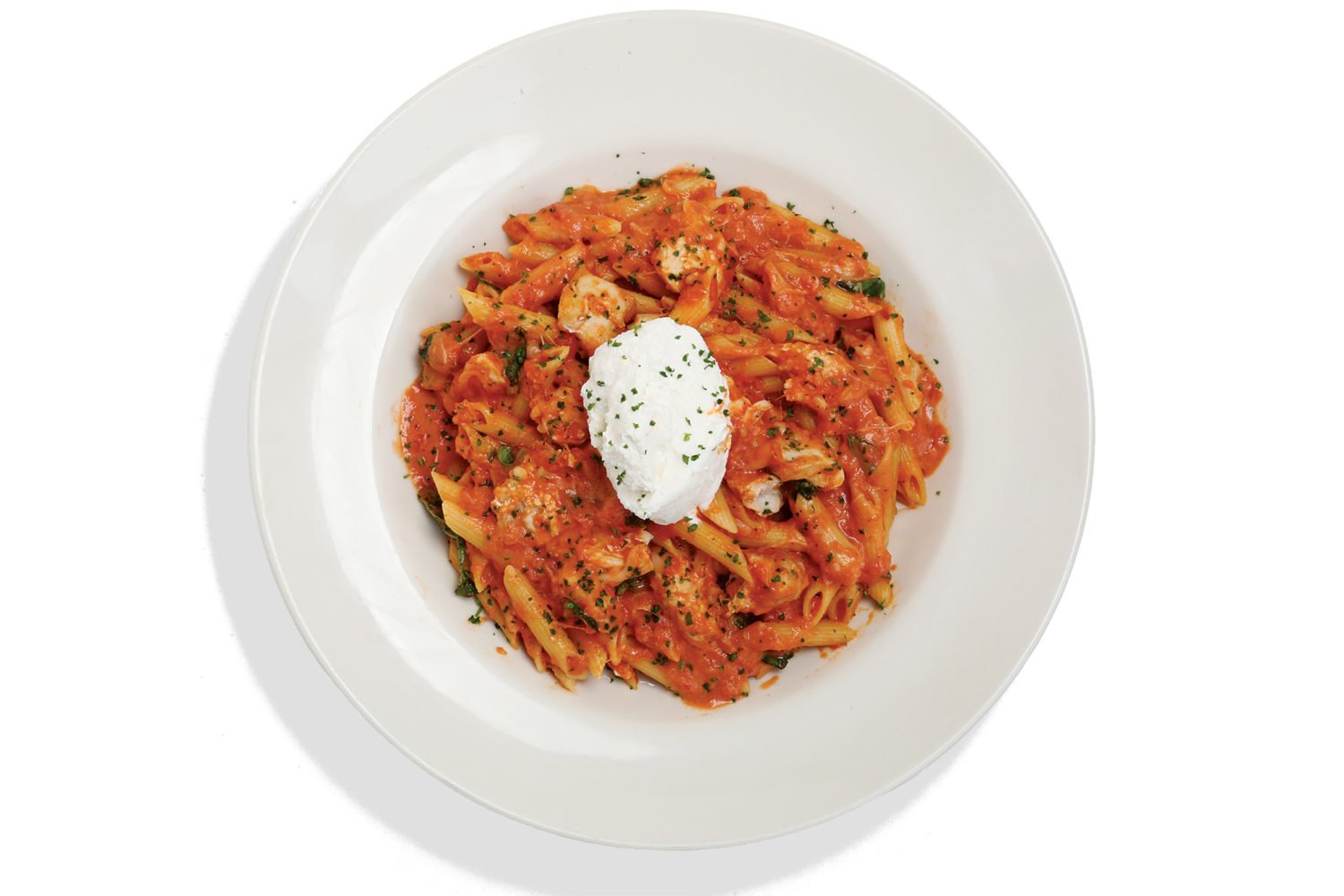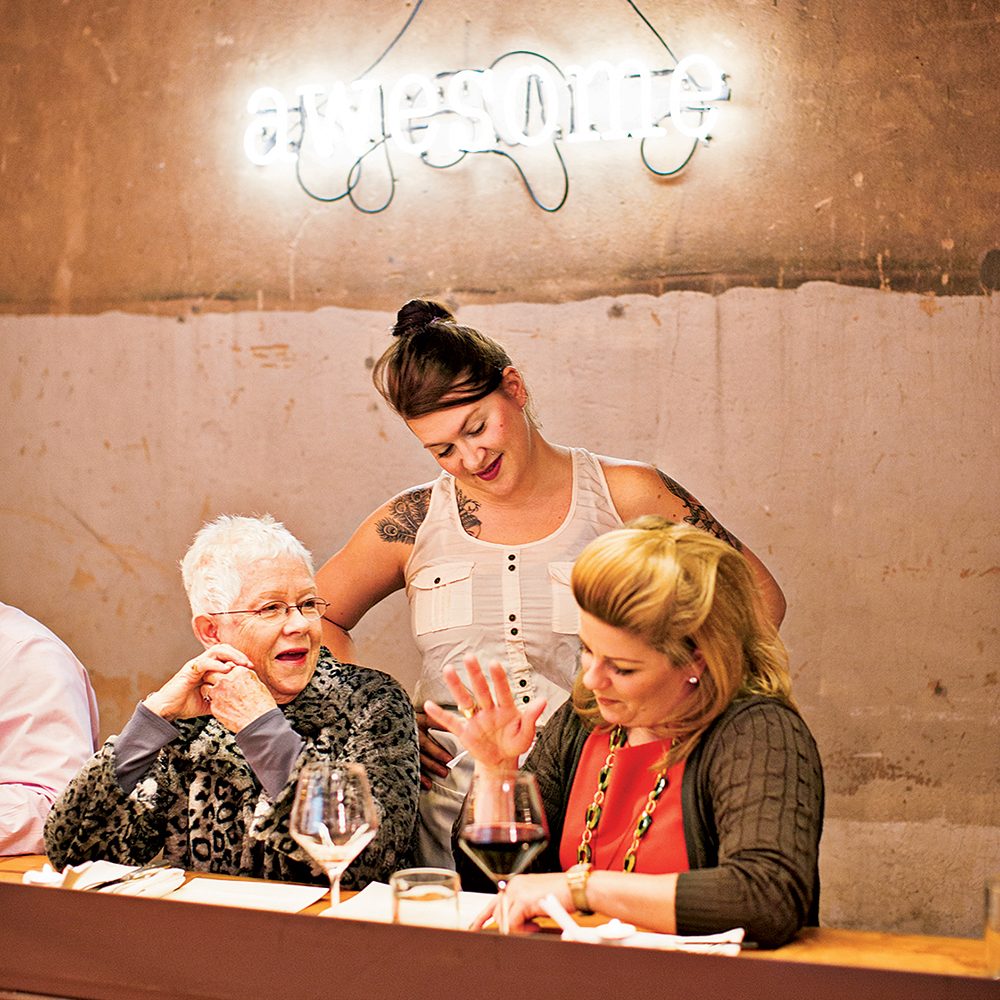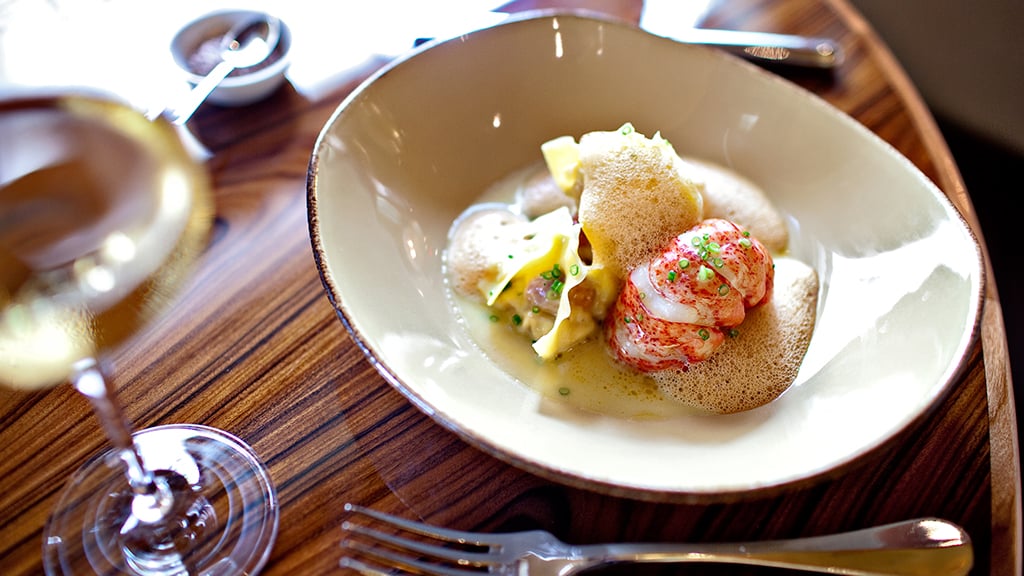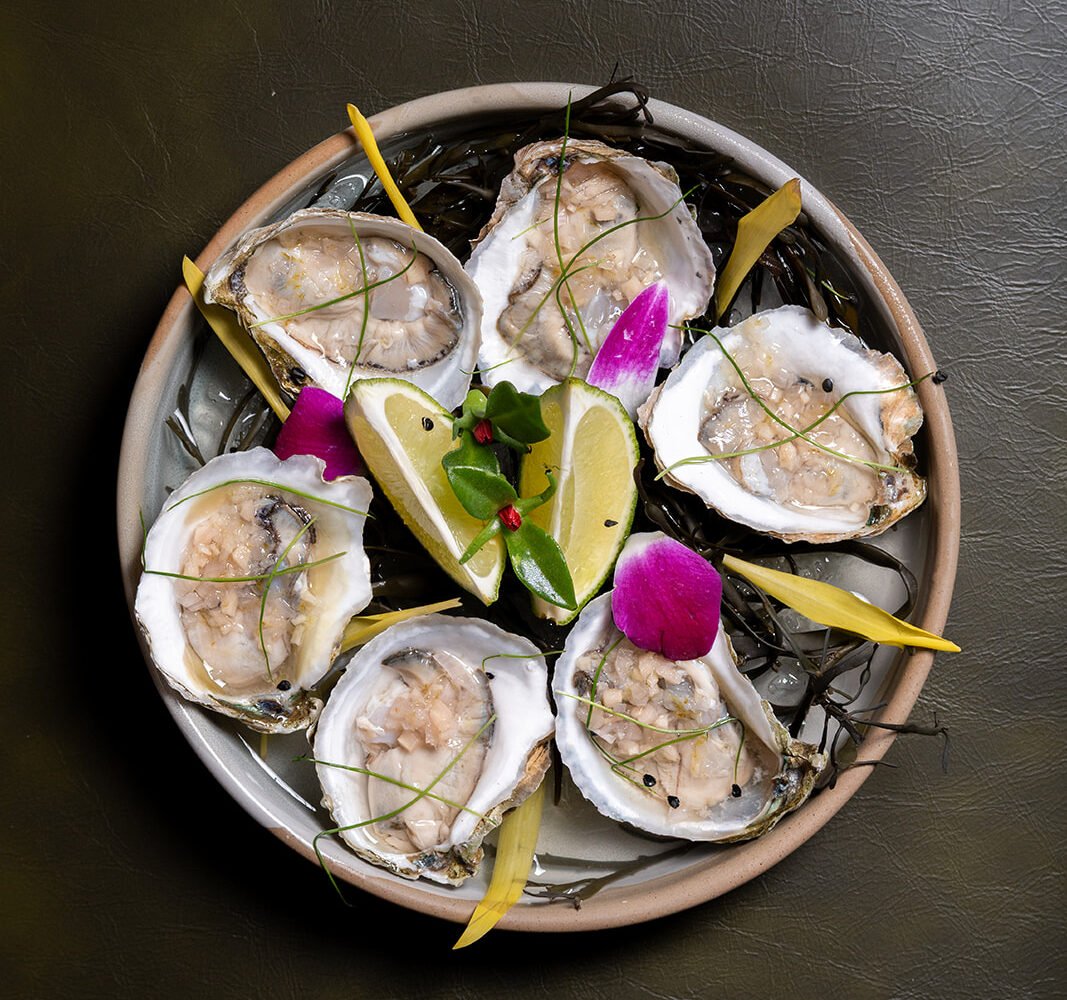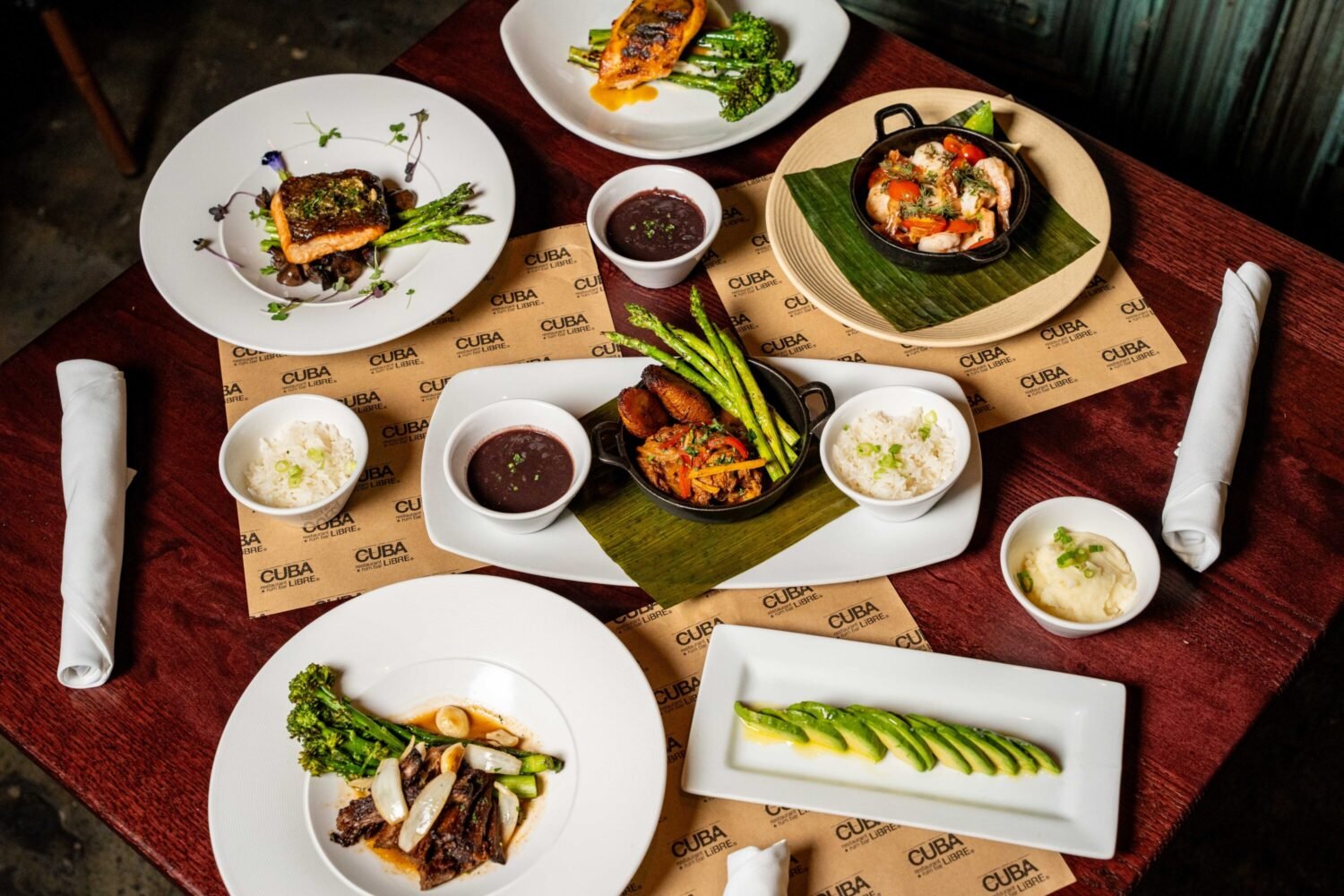
Everyone knows how to read a menu, right? What could be simpler?
But do you know how to find the menu-within-the-menu? Do you know how to spot tendencies that might reveal a chef’s strengths? Can you identify slot-fillers?
In the first and second installments of How to Read a Menu, I took apart the menus at Preserve in Annapolis and The Riggsby in DC, showing you the various codes that chefs Jeremy Hoffman and Michael Schlow speak in and why, and helping you to make more informed decisions as a result.
This time, I’m going to deconstruct the menu of the most exciting restaurant to debut this season—no, not Momofuku CCDC, which, for those who have gorged themselves for years on pork buns and ramen at the New York original, has been a little like making do with a greatest hits compilation when you were looking forward to an album of new material. The most exciting debut belongs to Convivial, owned and helmed by Cedric Maupillier, the chef at Mintwood Place.
This is a confidently written, if sometimes confusing, menu—the document of a mature chef with a developed vision who, now that he has a place of his own, seems determined to impress you all at once with everything he knows. Fortunately, the confidence, not the confusion, is what stays with you, in dish after complexly flavored dish.
Note: Click on the highlighted menu items below to learn more about each item.
NIBBLES
sardine tartine · 9
One of the things Maupillier is telling you, if you read his menu top to bottom, is that he’s a playful chef—he likes to invert, he likes to experiment, he likes to have fun on the plate. There are many dishes, here, that show the classical French foundation that gave Maupillier his footing, but there are even more examples that demonstrate the chef has grown confident enough to play with that tradition, to ring some clever changes. Escargot in a blanket is one—a tweaking of a concept from the menu at Mintwood, and an excellent exhibit of his cheeky Franco-American fusion. Sardine tartine, arguably the best three bites to be found on the menu, is another. It’s easy to imagine that the rhyme came to Maupillier one day in a moment of inspiration while he was in the shower, or shaving, or driving his car and that he just had to find a way to get the combination on his new menu. The dish exudes playfulness and passion.
tartiflette fritter · 7
brandade croquette · 8
escargots in a blanket · 11
latke · celery root · dry cured lamb · 11
COLD
leeks dijonnaise · 13
cauliflower blanc-manger · tabbouleh · almond · pomelo · herb salad · 14
socca · beets · citrus · shaved fennel · picholine · 14
·
pickled rockfish · green papaya · avocado · passionfruit · winter radish · 16
cured arctic char · tarama · apple & elderberry dye · 15
·
veal tartare · poutargue · cancoillotte · oyster leaf · niçoise olive cracker · 18
turkey leg confit · endives · pecan · ranch · 14
HOT
barley pilaf · sunchoke · lemon · cashew · goat cheese curd · 14
roast baby vegetable · pomegranate · quinoa · mimolette · 15
squash vadouvan · olive cake · pistachio · mustard greens · coconut · 16
·
scallop boudin blanc · snow pea · sauerkraut · sea bean · trout caviar · 18
Unexpected combinations can be found throughout the menu. Arctic char and elderberry dye, for instance. Or scallop boudin blanc and sauerkraut. You may find yourself thinking: I can’t quite picture how they’d go. This is the exact thought Maupillier wants you to have, especially if you’re an open-minded diner. This is the chef saying: trust me on this; take a trip with me. Both dishes are intricately conceived, carefully developed, and fully realized, and among the half-dozen best things on the menu. (What you can’t know from reading the menu is the extent to which most of these plates seem to have been conceived with wine in mind; that’s not to say that you need to drink wine to enjoy them—they’re enjoyable on their own; it is to say that as good as many of them are, they make magic with a glass of wine—in this case, an elegant white Burgundy or lightly sweet Alsatian Riesling.)
Chesapeake blue catfish bouillabaisse · 19
grilled white perch · octopus & crab bisque · 21
·
lamb tongue moussaka · 17
grilled quail · green Puy lentils · 16
boudin noire raviole · chestnut · mushroom fricassee · 18
bacon cheeseburger · 17
fried chicken “coq au vin” · 17
You can strike gold with a dish like the pickled rockfish, but the richest rewards are going to be found, not surprisingly, in those dishes with the deepest roots in the chef’s tradition: boudin blanc; coq au vin; leeks dijonnaise. Many high-end menus have a menu-within-the-menu, and this is Maupillier’s. Let’s take a closer look at the boudin noire raviole. Aside from the pillows of pasta, which are really just the delivery system here (a good delivery system, but a delivery system nonetheless), every ingredient on the plate is quintessentially, and proudly, Gallic: boudin noire; chestnuts, mushroom fricassee. The flavors are rich and intense; every bite is a powerhouse. This lusty rusticity is the very thing that caused so many generations of Americans to fall in love with French bistro cooking—the very thing, sad to say, that many French now fear may be vanishing from their changing culinary landscape.
petit cassoulet · 19
veal blanquette · forbidden rice · 19
calf’s liver · winter vegetable · shallot · Surryano ham · 19
beef pot au feu · cheek · tendon · tongue · bone marrow · gribiche · 21
CHEESE
rotating selection, 3 for 15, 5 for 23
DESSERT
apple pie · walnuts · vanilla bean ice cream · 9
milk chocolate crème brulee · black meringue · 9
hot sticky toffee pudding · maple ice cream · 9
key lime & speculoos pie · 9
“s’mores” · 9
passion fruit cheesecake · 9
celebration cake · chocolate & hazelnut dacquoise · 14

